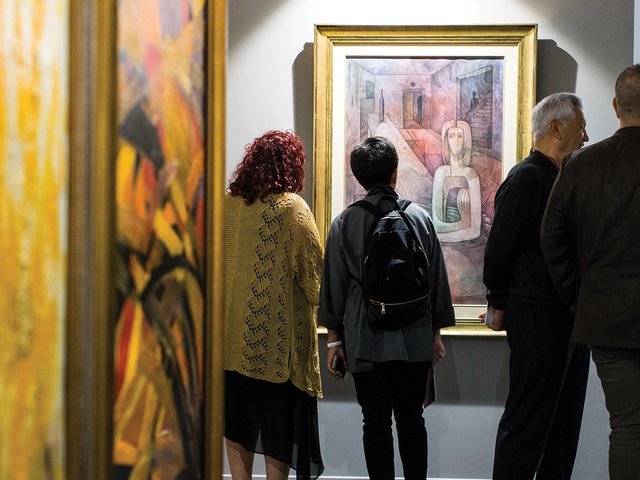An Italian Egyptologist’s claim that the 4,500-year-old Meidum Geese painting in the Egyptian Museum in Cairo could be a 19th-century forgery painted by one of the museum’s curators has drawn ire from archaeologists, including Egypt’s former antiquities minister Zahi Hawass, and has prompted Mahmoud Alhalwagi, the museum’s director, to authorise scientific tests to prove the age of the wall fragment.
Francesco Tiradritti wrote in the April edition of our sister publication Il Giornale dell’Arte that he had identified “anomalies”, including the species of geese depicted (bean and red-breasted, which breed and migrate only in Europe and central Asia), that put the work’s status as an early masterpiece in “serious doubt”. Tiradritti suggested that Luigi Vassalli, who trained as a painter at the Accademia di Brera in Milan and was supposedly responsible for removing the fragment from the tomb of Nefermaat and his wife Itet (also Atet) at Meidum in 1871, might have created the piece. He recommended scientific analysis to determine whether Vassalli “repainted or completed a pre-existing subject… as he himself had done for other works in Cairo, or if he created an entirely new work”.
Alhalwagi responded by telling Ahram Weekly: “We cannot prove that the painting is a forgery unless state-of-the-art scientific study is used, and this was totally absent from Tiradritti’s research.” He added that tests will be carried out to respond to these “lies”.
Hawass dismissed the new theory on his website, posting excerpts of correspondence with other archaeologists showing that these species of geese have been found in Egypt. Hawass also wrote that Tiradritti “is an archaeologist and not an art historian, and therefore what he says about art should be questioned”, and that the head of the museum at the time, Auguste Mariette, would never have allowed a fake to enter the institution. “One of these days, someone will say that the Great Pyramid of Khufu itself is a fake,” he wrote.



